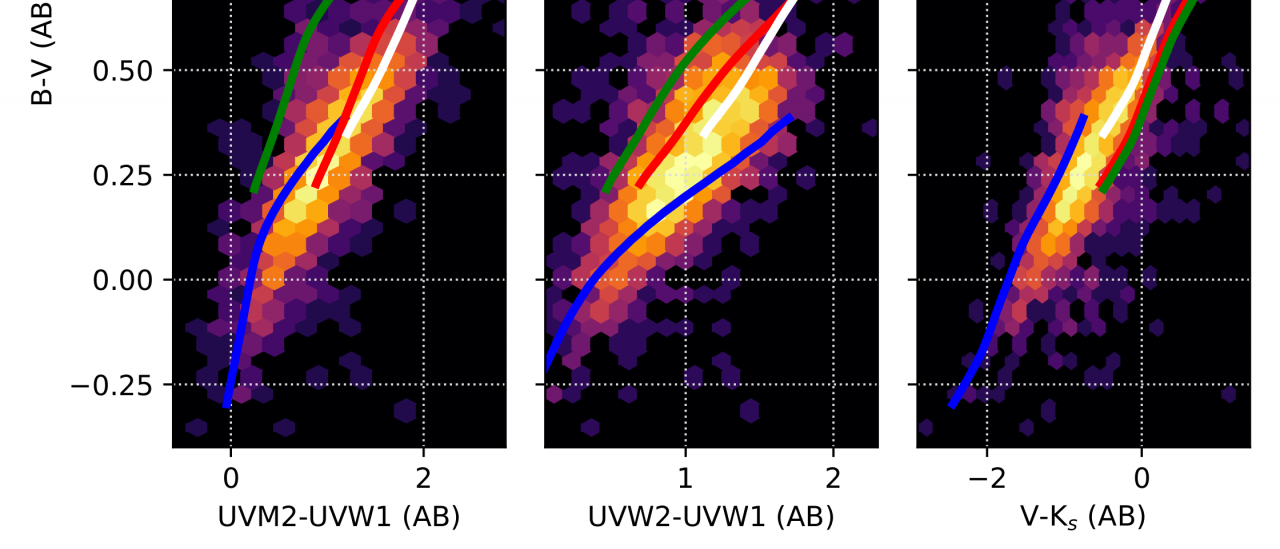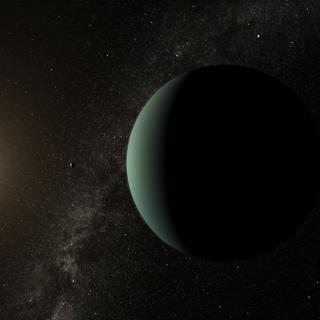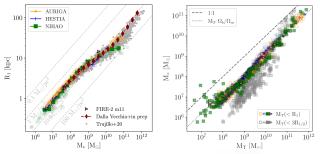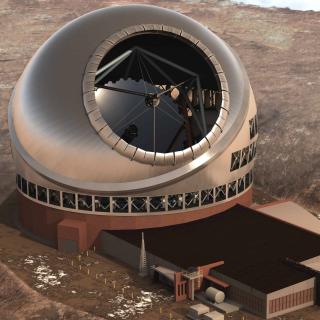This work explores data from a few surveys, most notably the serendipitous catalogue from the NASA SWIFT mission that made use of the NUV/optical camera UVOT (originally designed to pinpoint the location of Gamma Ray Bursts). We select a sample of 10452 stars, cross matched with Gaia DR2 and 2MASS data, covering a large spectral window, from NUV to NIR. We compare these data with generic dust extinction models that parameterise the wavelength dependence into the steepness of the law, the net extinction in the V band (Av), and the strength of the prominent NUV bump. We recover well known results such as the dependence of Av on Galactic latitude, and also find a number of intriguing trends, including an anticorrelation between bump strength and net extinction. These variations in the dust law agree with those already found in the dust attenuation law of distant galaxies, suggesting caution must be taken when adopting fixed dust laws to correct spectroscopic and photometric measurements of dusty environments.
NUV-optical-NIR colour-colour diagrams of our sample of Milky Way stars, as a density plot. As reference, a stellar track covering a range of surface temperatures (6500-18000 K) is shown in several cases of dust extinction.
Advertised on
Authors
Ignacio Alfonso
Ferreras Páez
M. Tress
References



